Visit One 7/13/2013 With Robin And Bob (Page Two)


First things first... Cinnamon buns and mica freeze for breakfast.... Nice to be old!

Mr. Chicken welcomes us and shows us the theme of the fair this year

We do have it lucky....

Sue has to make a stop here.....
Did You Know? - In 1938, the London Zoo included the first children's zoo in Europe and the Philadelphia Zoo was the first in North America to open a special zoo just for children.

Bob and Robin joined us! Nick stayed home

Courtesy of Bob Duda

Courtesy of Bob Duda
Time To Ride The Aerial Tram
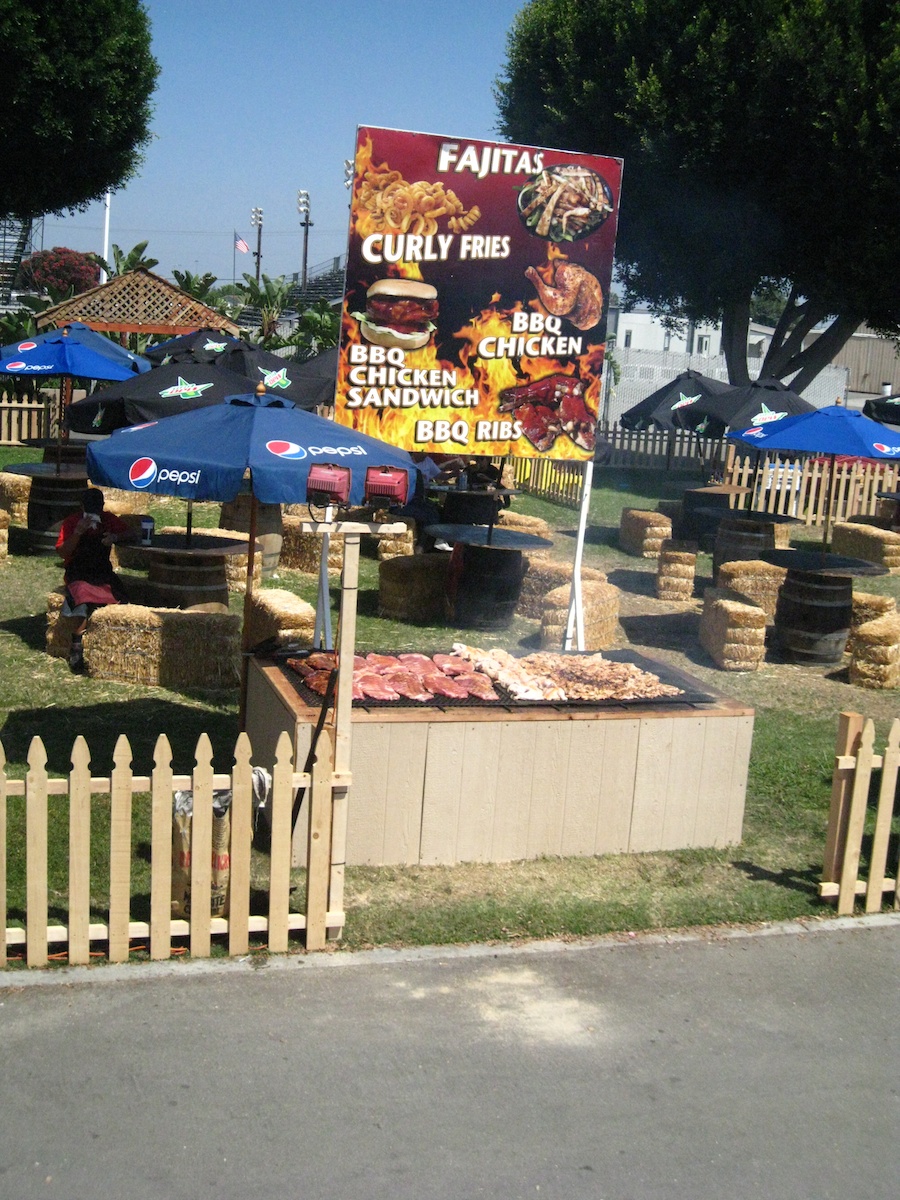
Up we go and the smell of food waifs through the air
Did You Know? - Baby back ribs (or loin ribs, back ribs) are taken from the top of the rib cage between the spine and the spare ribs, below the loin muscle. The designation "baby" indicates the cuts are from market-weight hogs (240–270 lbs.), rather than adult hogs (500–650 lbs.). They have meat between the bones and on top of the bones, and are shorter, curved, and sometimes meatier than spare ribs. The rack is shorter at one end, due to the natural tapering of a pig's rib cage. The shortest bones are typically only about 3 in (7.6 cm) and the longest is usually about 6 in (15 cm), depending on the size of the hog.

It's like getting smoked

Courtesy of Bob Duda

The center square has changed a lot over the years....
The circular area is a fountain when it gets warmer

When Hannah and Lisa were younger, we could NOT keep them off "Pete's Dragon"

The sand castle was well underway

Did You Know? - Sand grains will not stick together unless the sand is reasonably fine. While dry sand is loose, wet sand is adherent if the proper amounts of sand and water are used in the mixture. The reason for this is that water forms little "bridges" between the grains of sand when it is damp due to the forces of surface tension.
However, if too much water is added, the water fills the spaces between the grains, breaking down the bridges and thus lowering the surface tension, resulting in the sand being able to flow more easily and the structure collapsing.
To Centennial Farms For A Serous Visit


Cotton blossoms

Did You Know? - Christopher Columbus, in his explorations of the Bahamas and Cuba, found natives wearing cotton ("the costliest and handsomest... cotton mantles and sleeveless shirts embroidered and painted in different designs and colors"), a fact that may have contributed to his incorrect belief that he had landed on the coast of India.
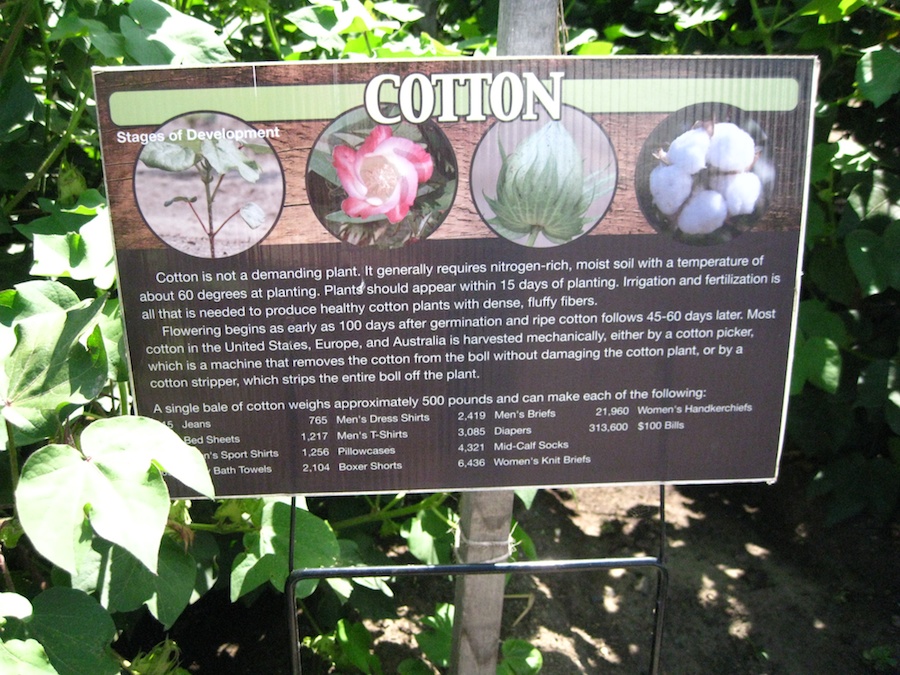
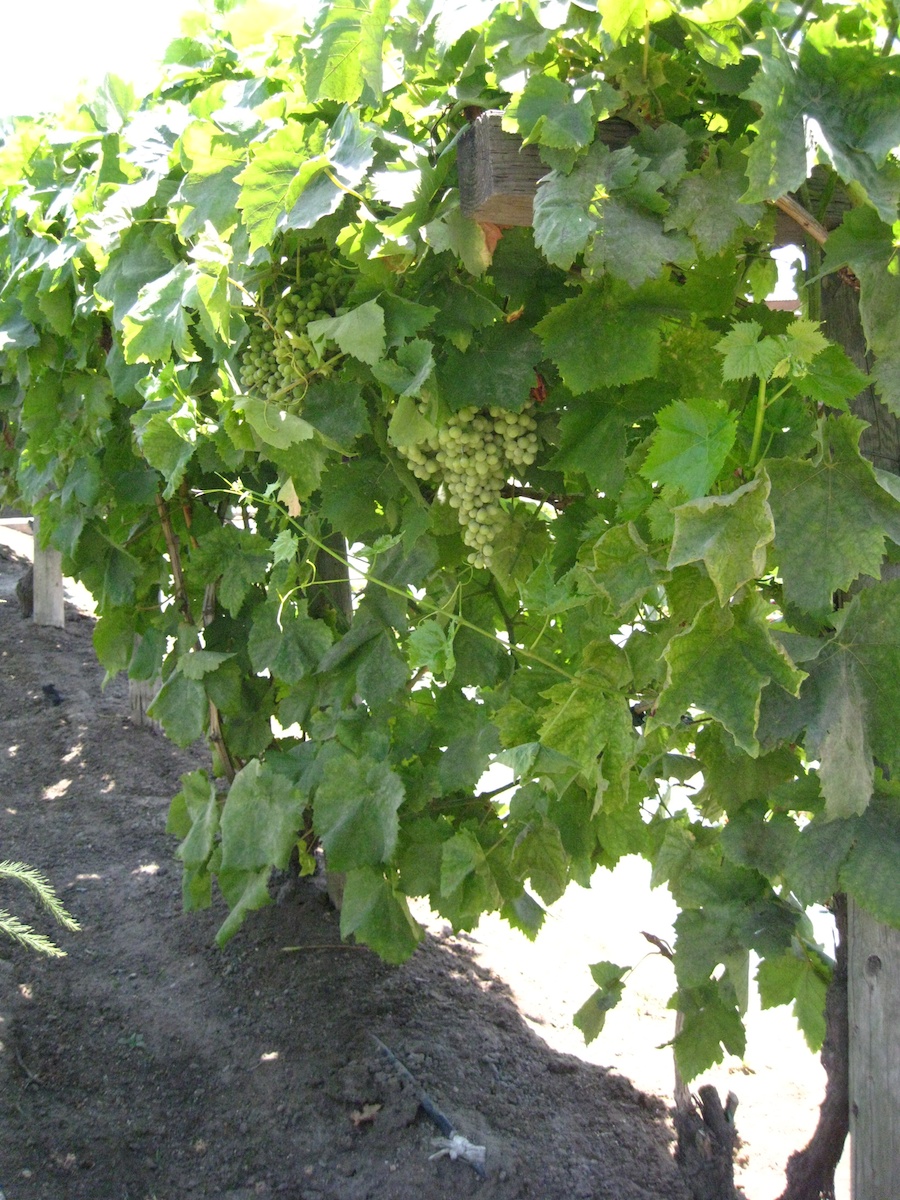
The grapes are still waiting for the heat of summer to arrive
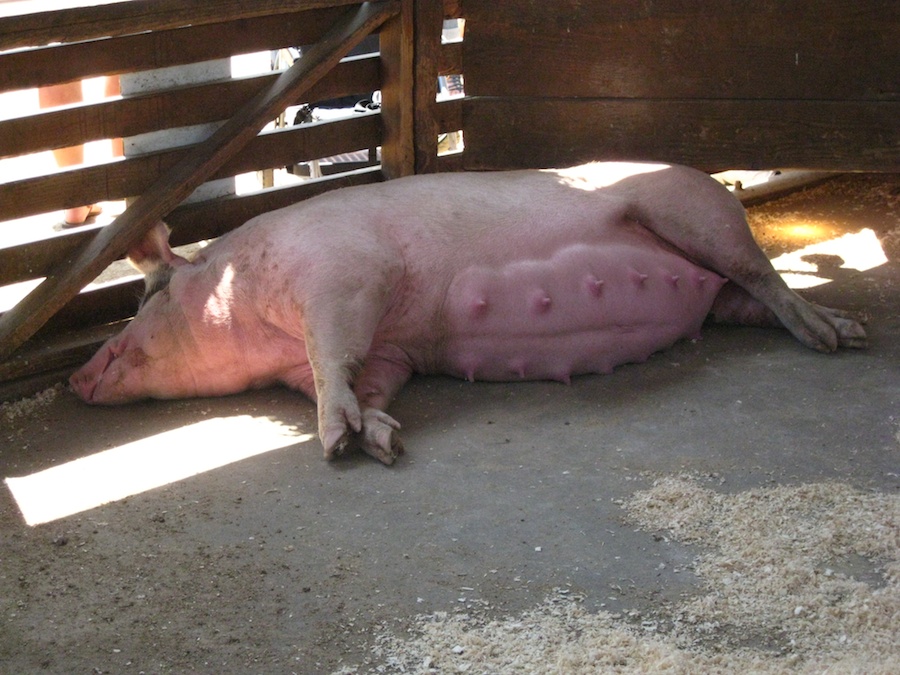
Miss piggy is due almost anytime
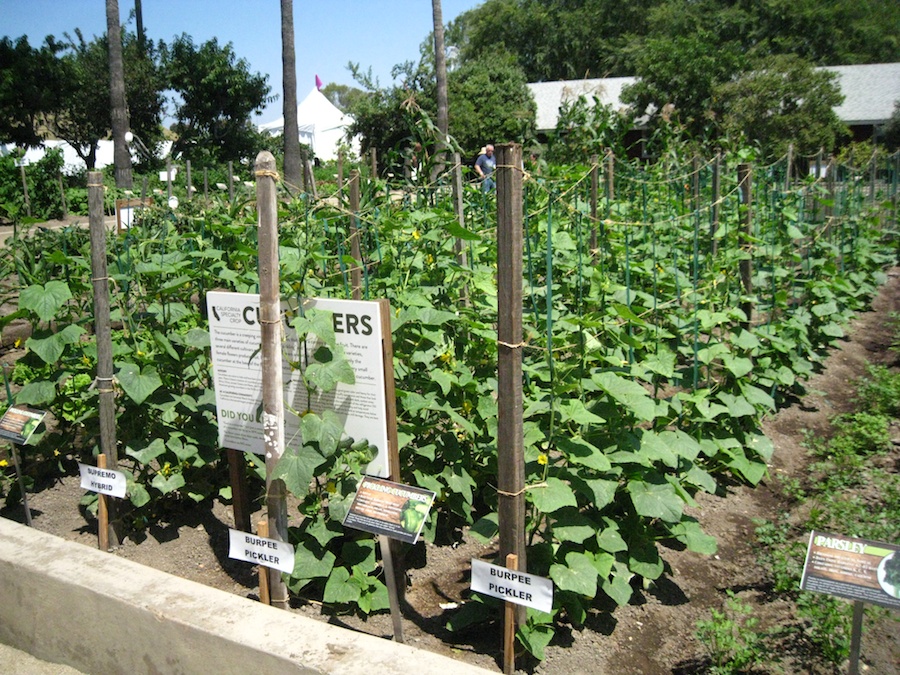
A forest of cucumbers


The pumpkins looked amazing
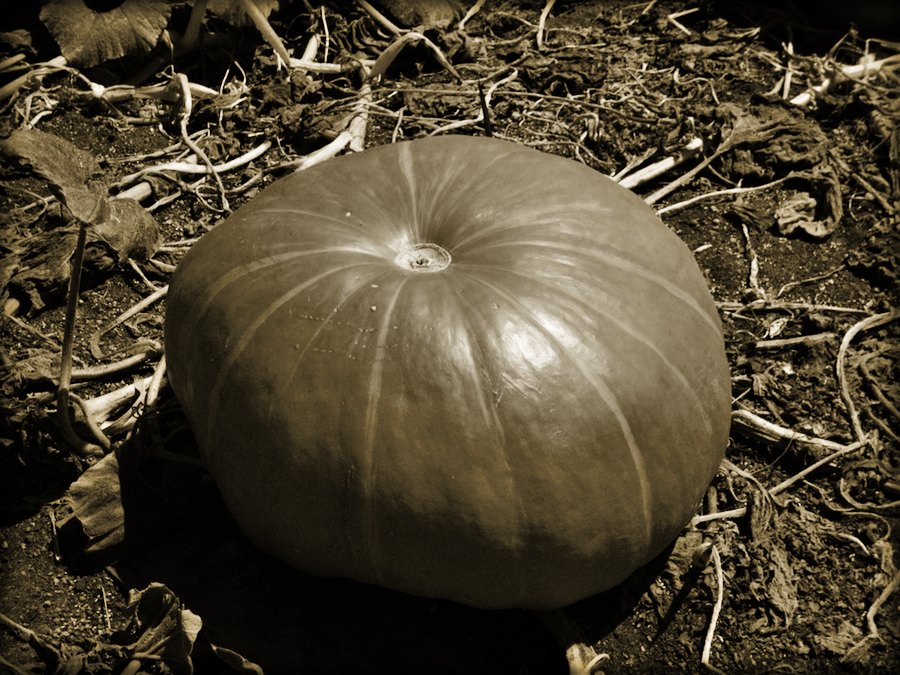
Thank goodness for color photography
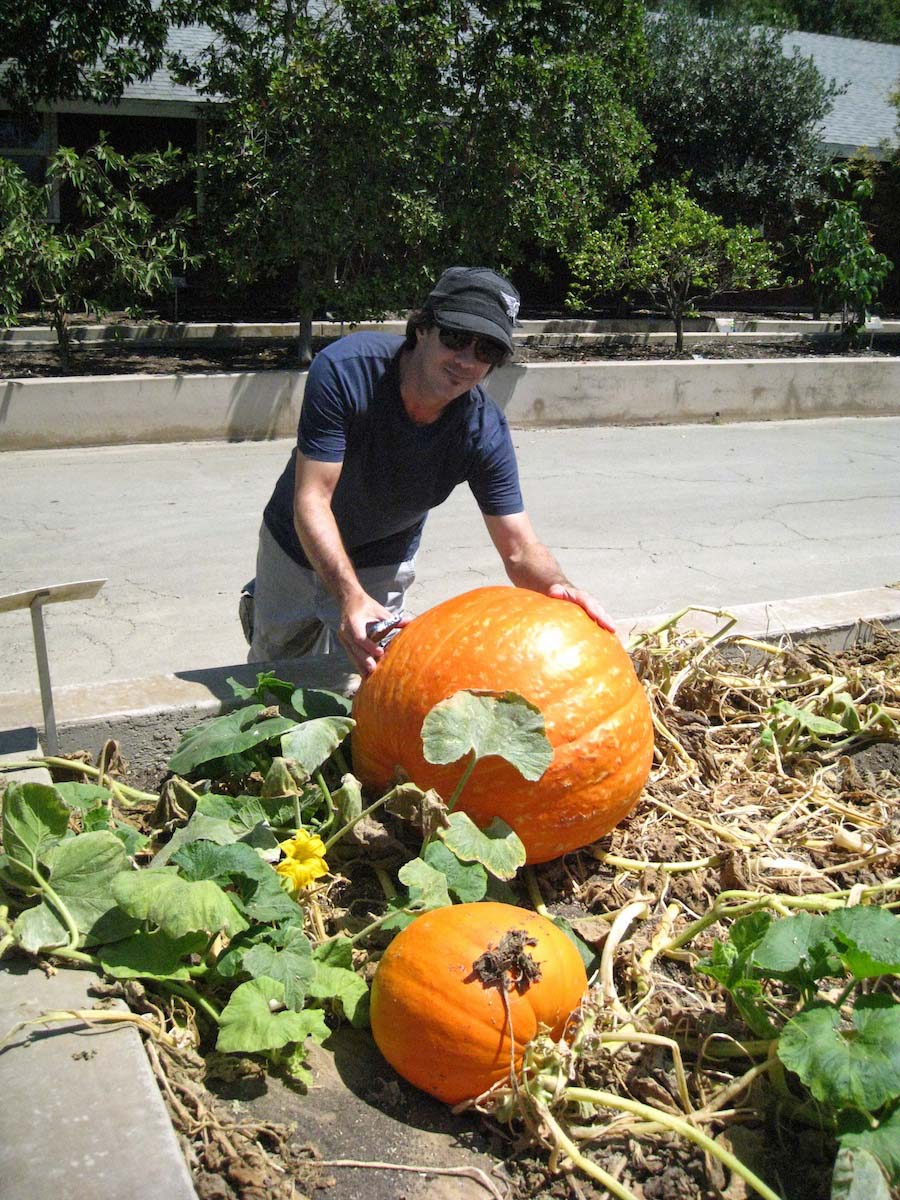
Pumpkin thief... Watch out
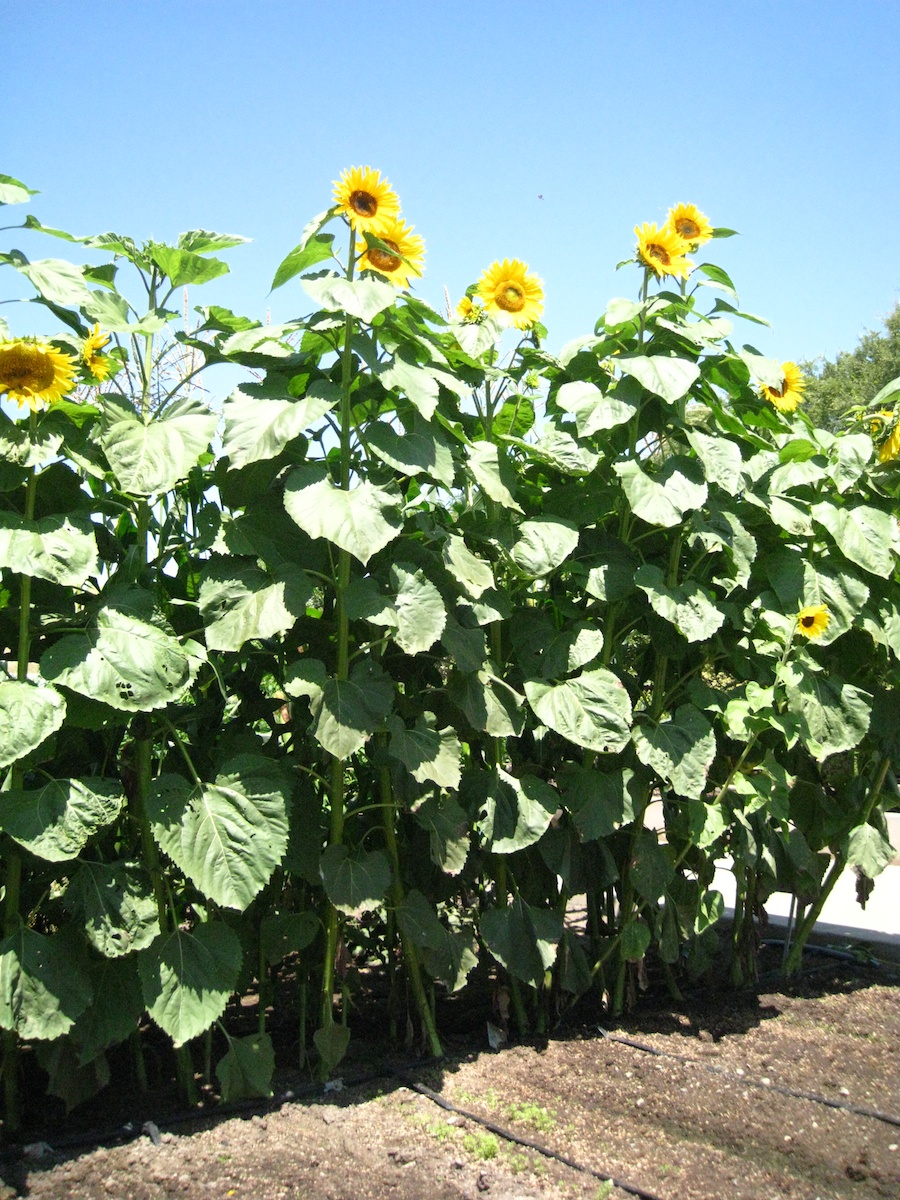
Reaching all the way to the sky...
Did You Know? - The sunflower (Helianthus annuus) is an annual plant native to the Americas. It possesses a large inflorescence (flowering head), and its name is derived from the flower's shape and image, which is often used to depict the sun. The plant has a rough, hairy stem, broad, coarsely toothed, rough leaves and circular heads of flowers.
The heads consist of many individual flowers which mature into seeds, often in the hundreds, on a receptacle base. From the Americas, sunflower seeds were brought to Europe in the 16th century, where, along with sunflower oil, they became a widespread cooking ingredient. Leaves of the sunflower can be used as cattle feed, while the stems contain a fibre which may be used in paper production.
A common misconception is that flowering sunflower heads track the Sun across the sky. Although immature flower buds exhibit this behaviour, the mature flowering heads point in a fixed (and typically easterly) direction throughout the day.
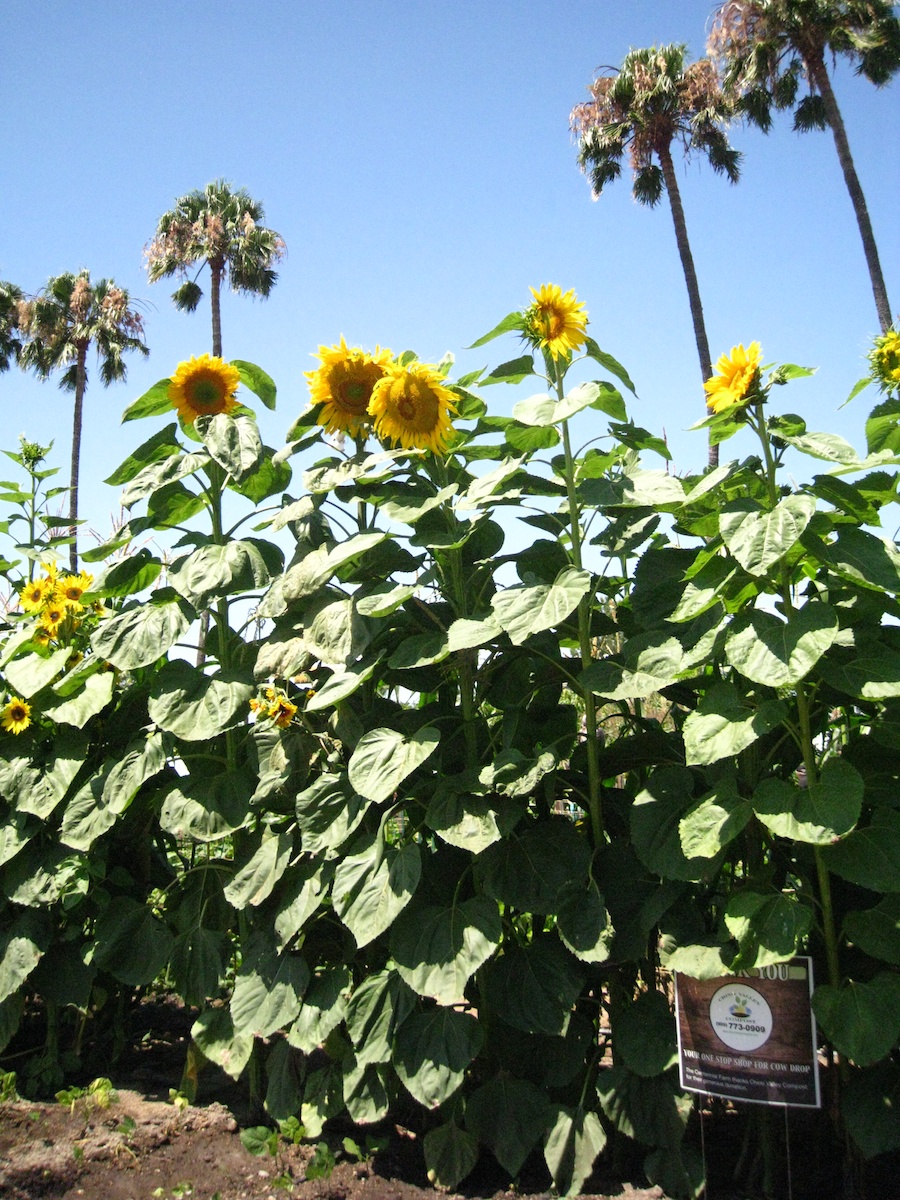
Love the seeds
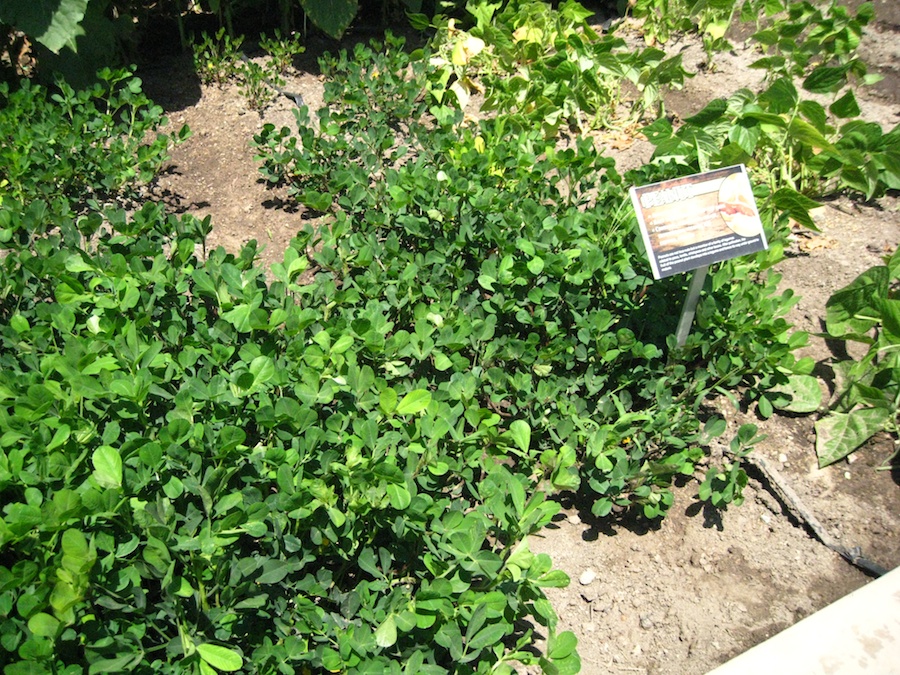
Peanuts anyone???
Did You Know? - Although the peanut was mainly a garden crop for much of the colonial period of North America, it was mostly used as animal feed stock until the 1930s.
In the United States, a US Department of Agriculture program (see below) to encourage agricultural production and human consumption of peanuts was instituted in the late 19th and early 20th centuries.
George Washington Carver is well known for his participation in that program in which he developed hundreds of recipes for peanuts.
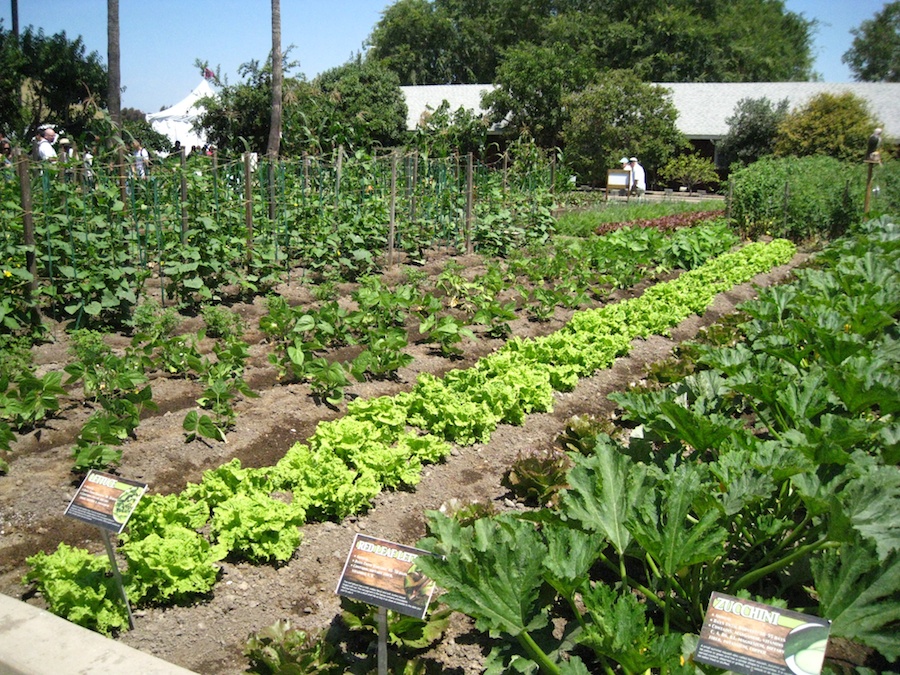
The garden was loaded this afternoon
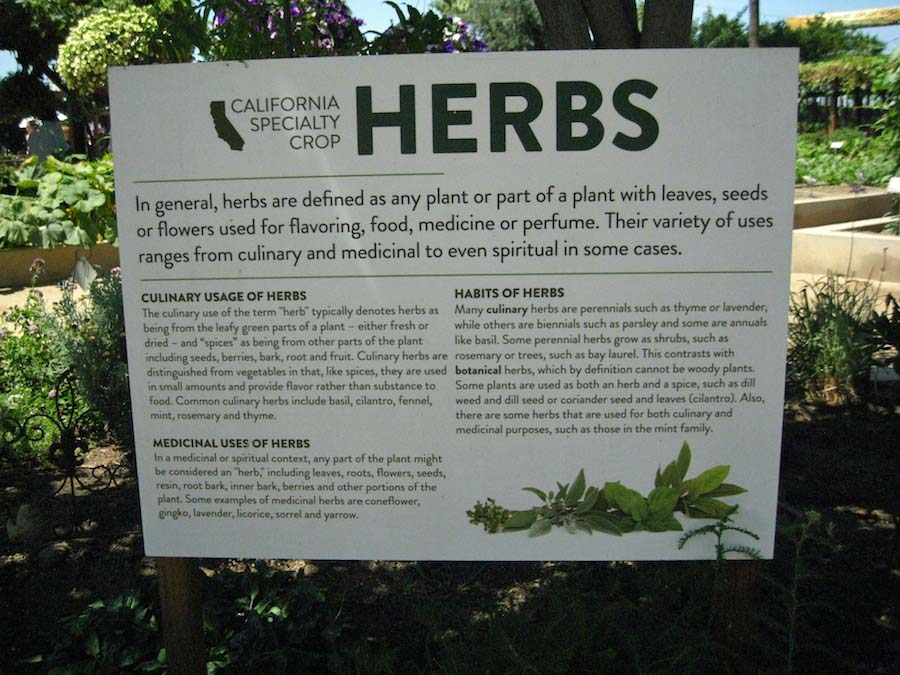
Their herb garden was very active

Did You Know? - In general use, herbs are any plants used for flavoring, food, medicine, or perfume. Culinary use typically distinguishes herbs as referring to the leafy green parts of a plant (either fresh or dried), from a "spice", a product from another part of the plant (usually dried), including seeds, berries, bark, roots and fruits.

Not an herb, fruit or vegetable but... very pretty
 We never heard of a "Ground Cherry" before
We never heard of a "Ground Cherry" before
Did You Know? - These plants grow in most soil types and do very well in poor soils and in pots. They need lots of water throughout the growing year, except towards fruit-ripening time. Plants are susceptible to many of the common tomato diseases and pests; other pests such as aphids, white flies, spider mites, and the false potato beetle (Leptinotarsa juncta) also attack them. Propagation is by seed. Some species are self-incompatible and require multiple plants for fruit set.
The typical Physalis fruit is similar to a firm tomato (in texture), and like strawberries or other fruit in flavor; they have a mild, refreshing acidity. Most – but not all – physalis species produce edible fruits, with a basic flavor recalling a tomato/pineapple-like blend. Some species like cape gooseberries and tomatillos have numerous named cultivars, which offer a range of flavors from tart to sweet to savory. Physalis fruit have around 53 kcal for 100 grams,[4] and are rich in cryptoxanthin.
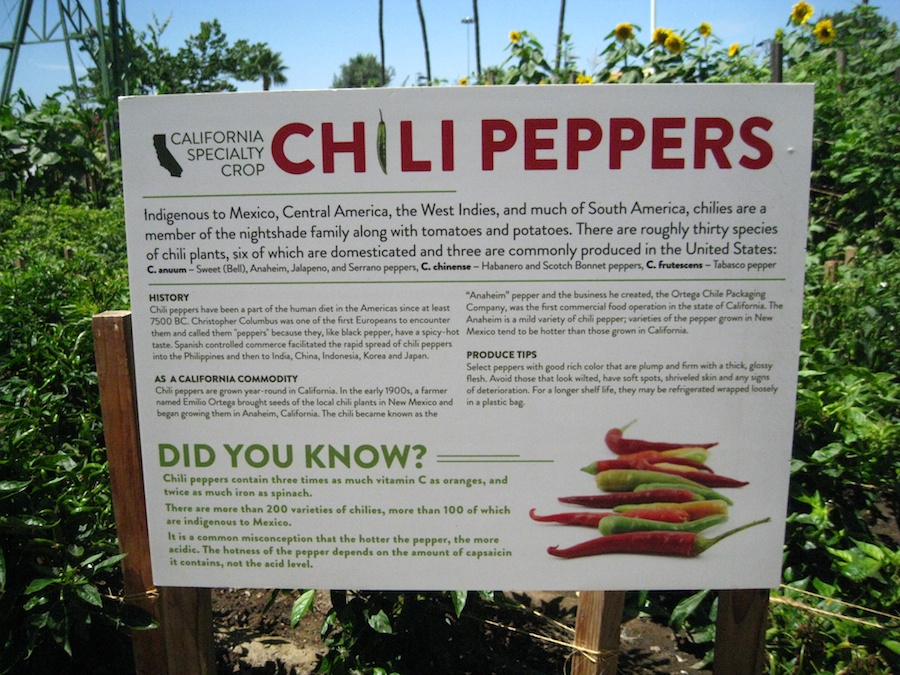
Healthy food!

1,000,000 scoville units... Ouch!
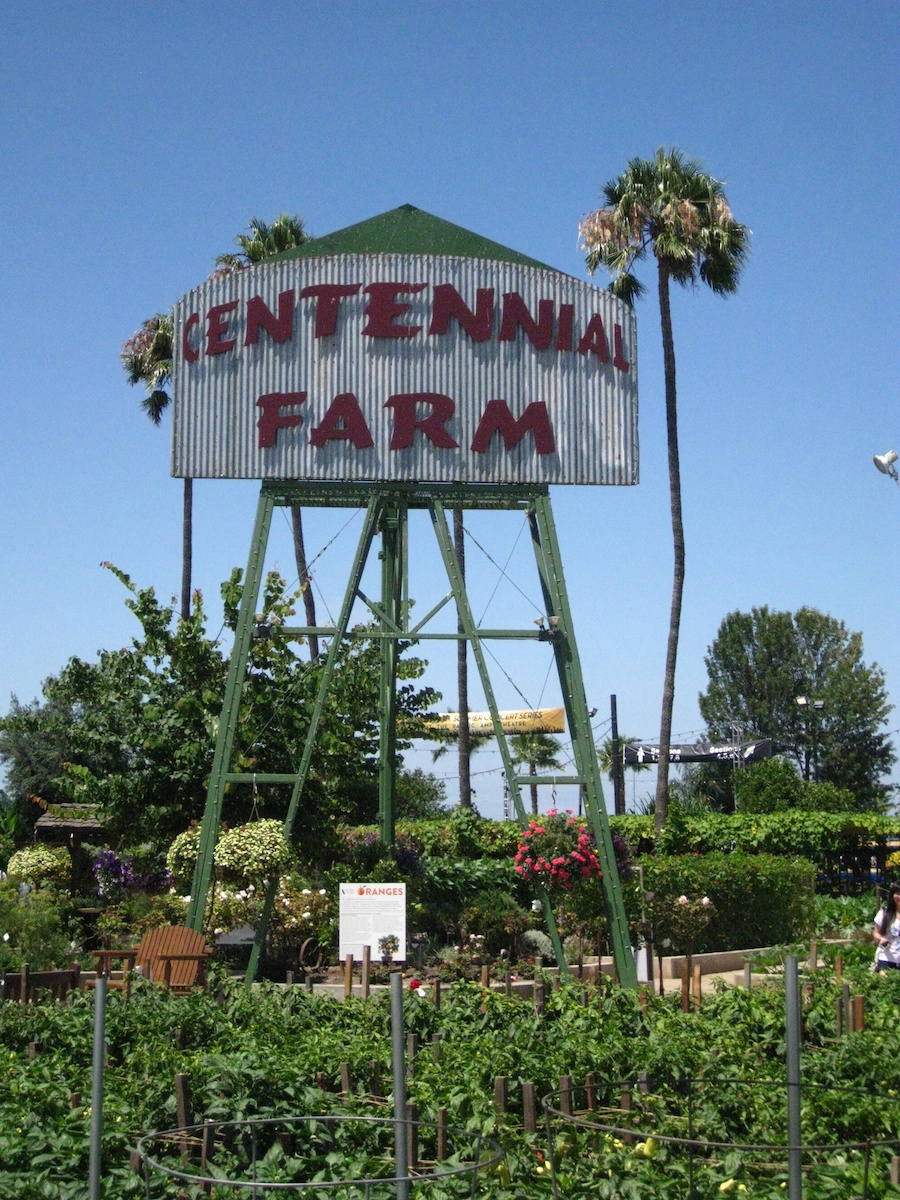
Overlooking the farm
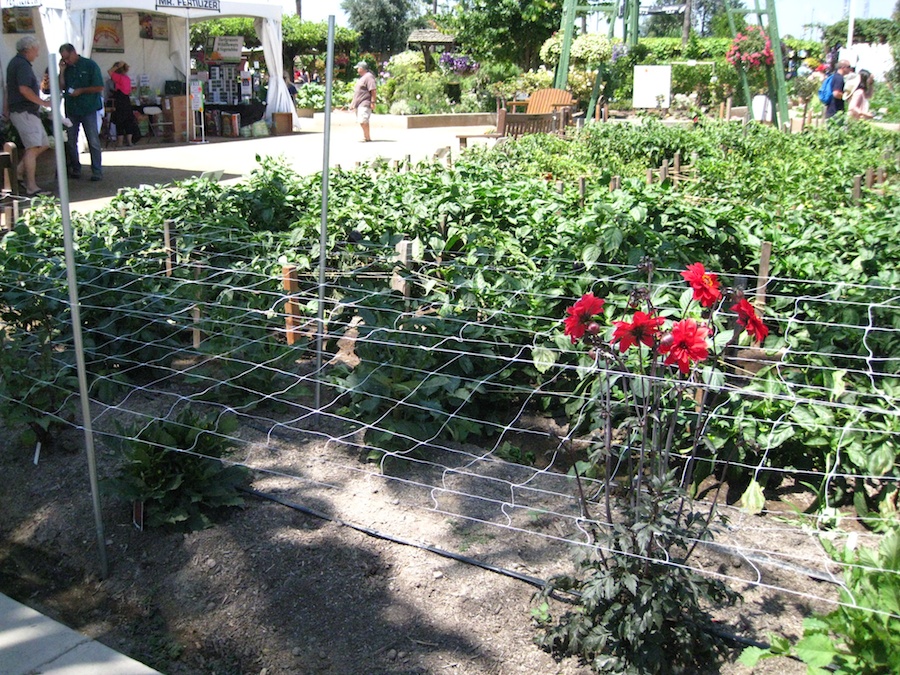
Checkout the horizontal nets for keeping the plants growing vertical
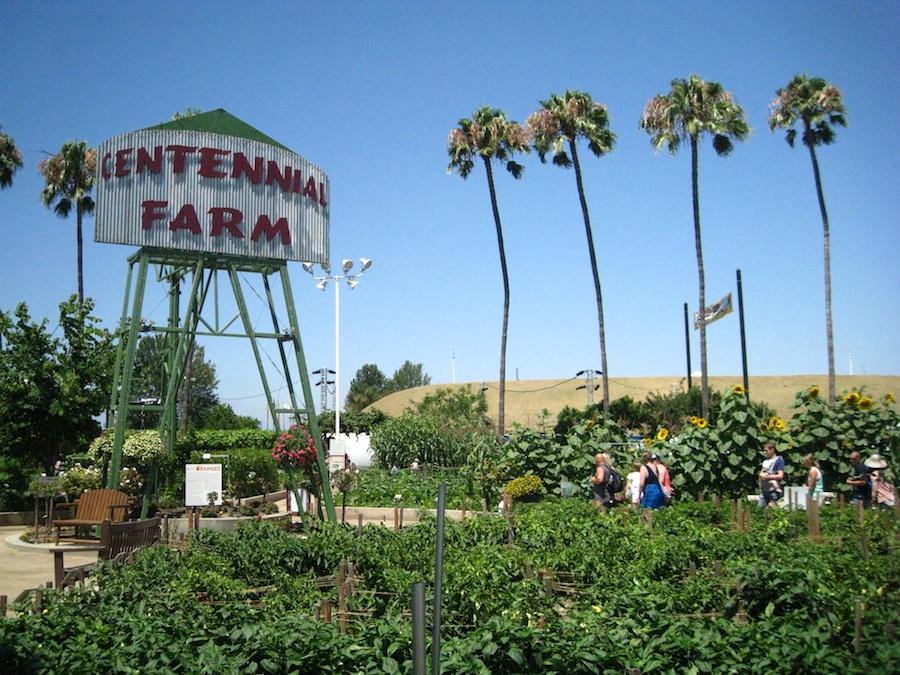
Great educational facility
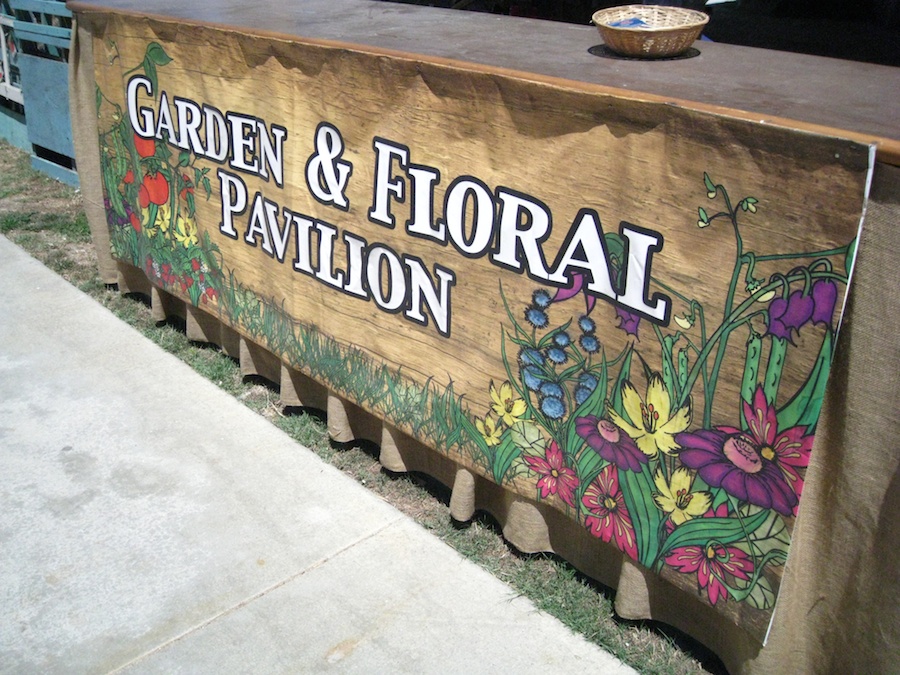
The fruits and vegetables that won awards were on display
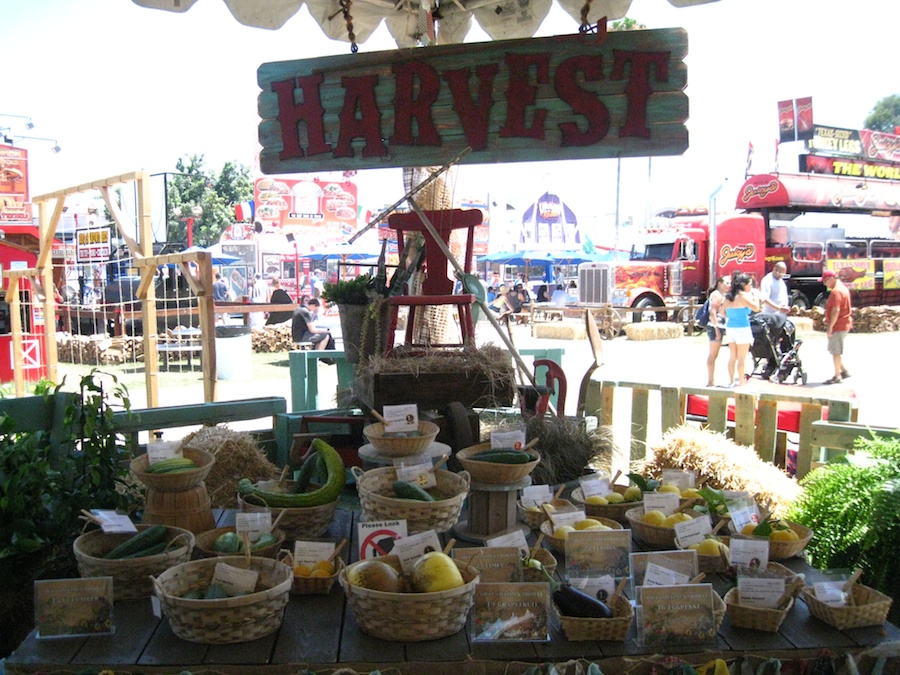
Yummy!
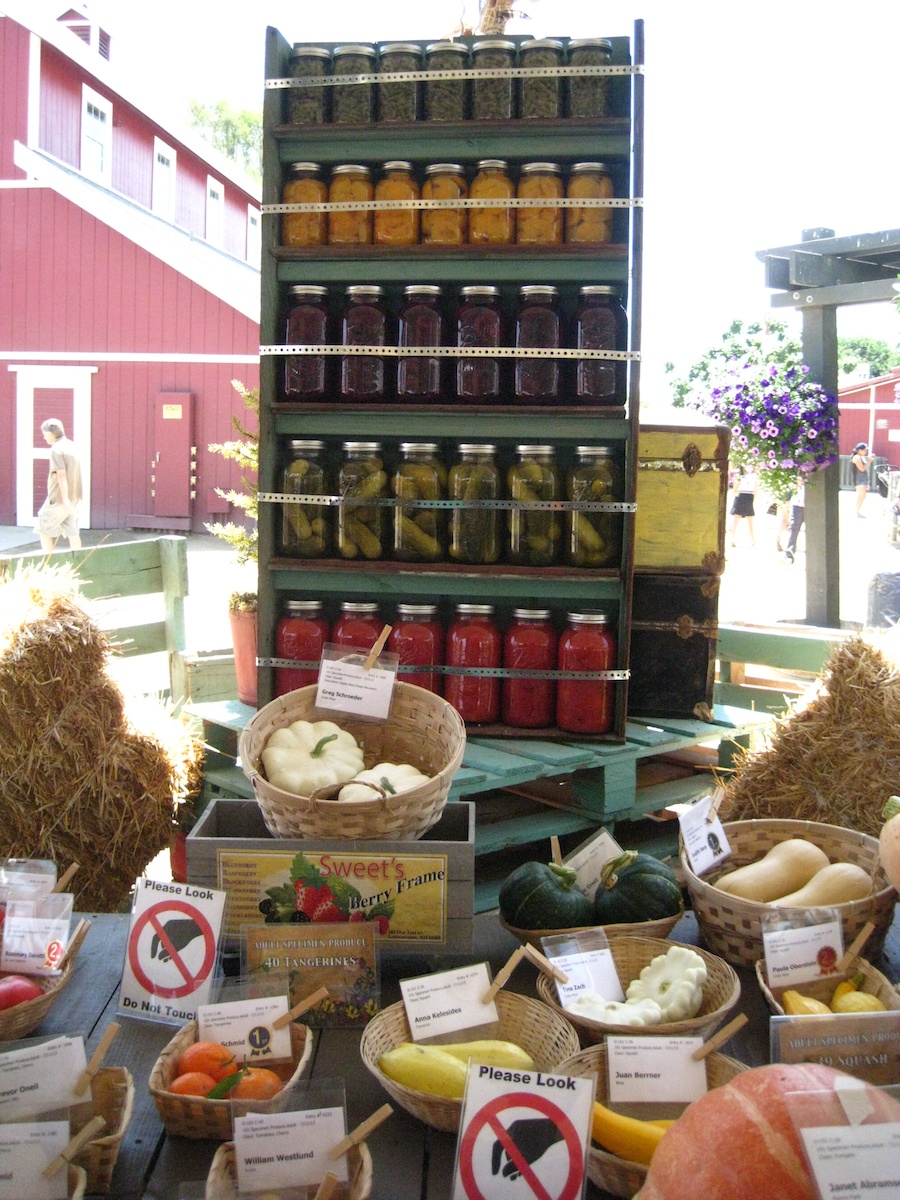
Canning was on display! Every color and shape was present
Did You Know? - Canning is a method of preserving food in which the food contents are processed and sealed in an airtight container. Canning provides a typical shelf life ranging from one to five years, although under specific circumstances a freeze-dried canned product, such as canned, dried lentils, can last as long as 30 years in an edible state.
In 1795 the French military offered a cash prize of 12,000 francs for a new method to preserve food. Nicolas Appert suggested canning and the process was first proven in 1806 in test with the French navy and the prize awarded in 1809 or 1810. The packaging prevents microorganisms from entering and proliferating inside.
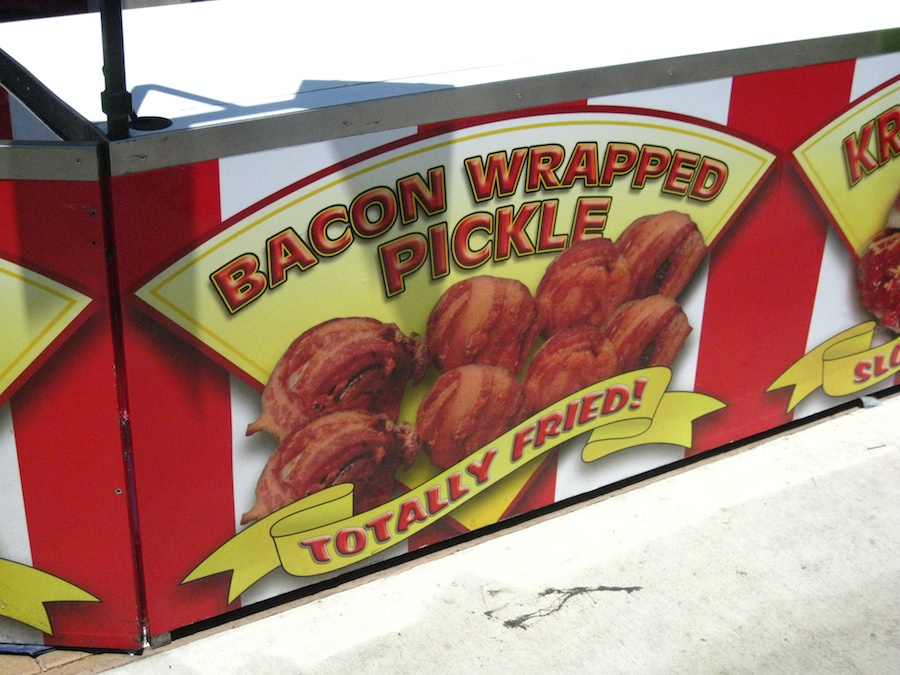
On our way to the displays/buildings Sue found this.... Eek

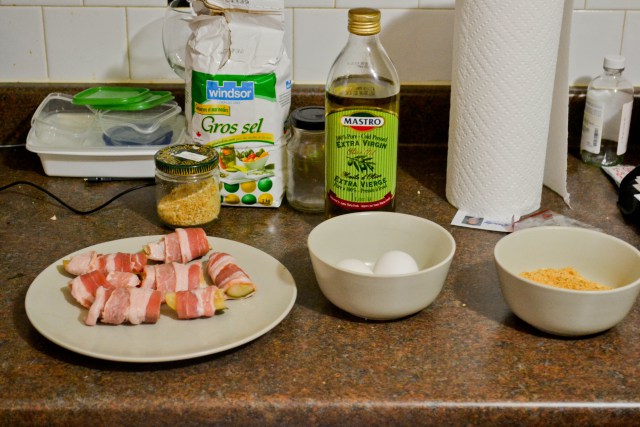
Collectibles Were Moved Into The Centennial Farms Area!
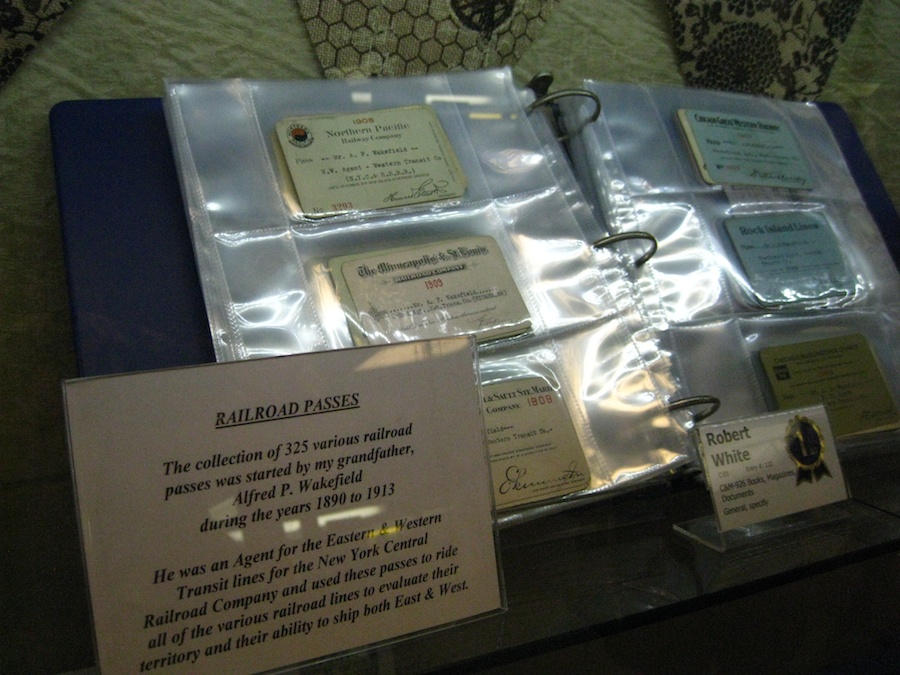
Railroad passes???? It started years ago!
A ticket that can be used to travel on a railway, usually for a specific period of time rather than specific place.

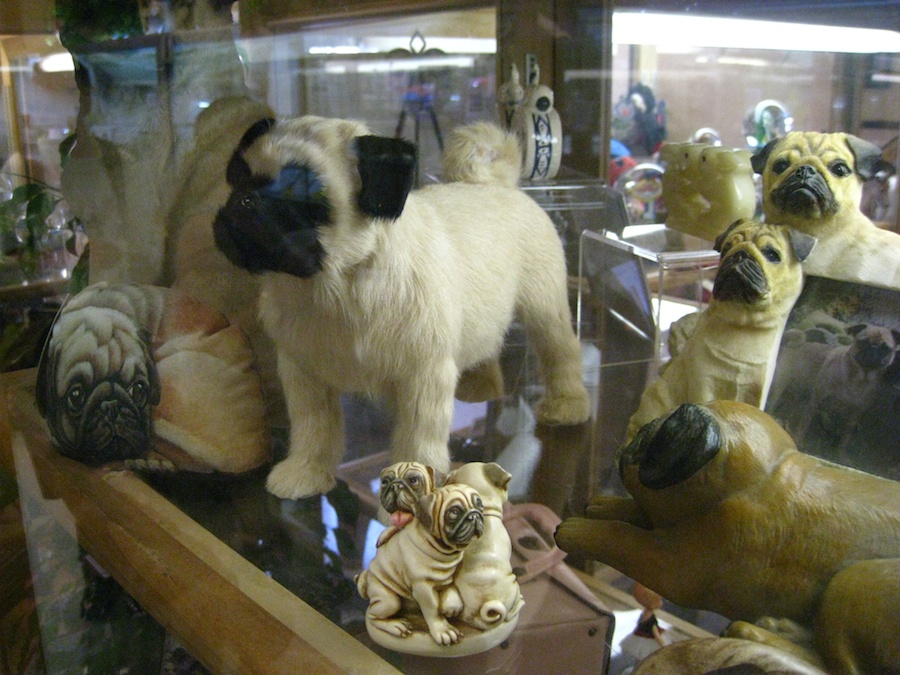
Pugs! Where is Miss Vicky

Old radios... A favorite

Checkout the single transistors on the top of the display... Amazing!

Amazing.... This got rid of batteries for really old radios
Did You Know? - Early commercial battery eliminators were produced by Edward S. Rogers, Sr. company in 1925, as a complement to his line of "batteryless" radio receivers. Another early producer of battery eliminators was the Galvin Manufacturing Corporation (later known as Motorola) which was opened on September 25, 1928 by Paul Galvin and his brother Joseph E. Galvin, to build battery eliminators for radio receivers installed in automobiles.
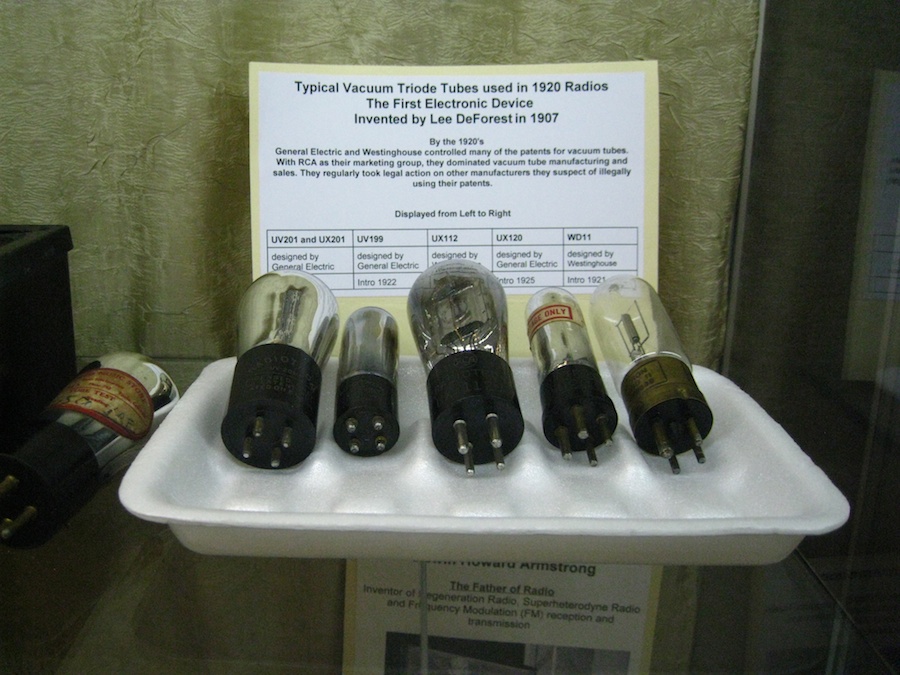
I remember these....
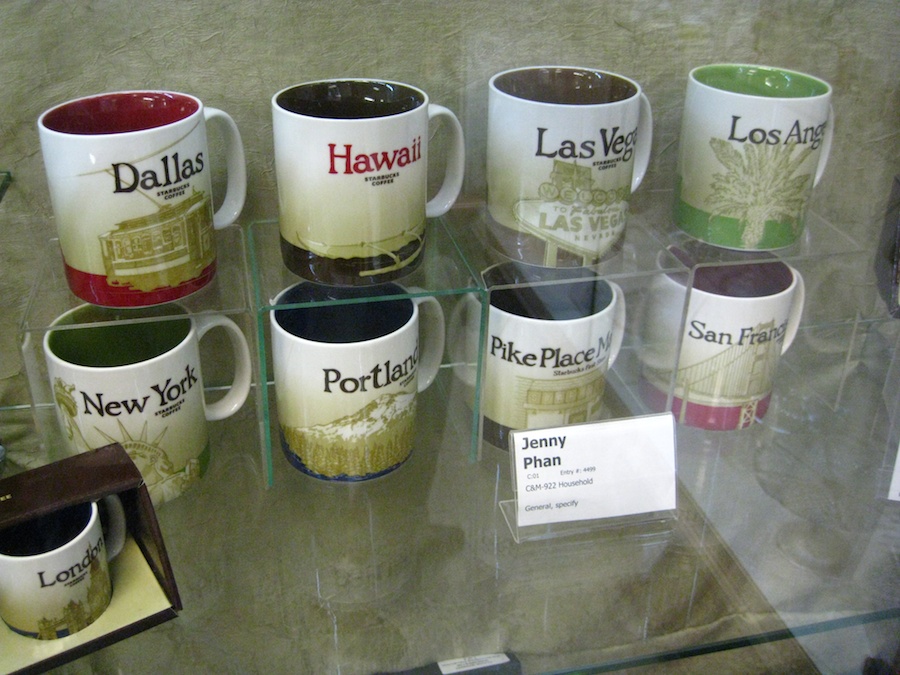
Bunnaford has a larger collection of these coffee cups
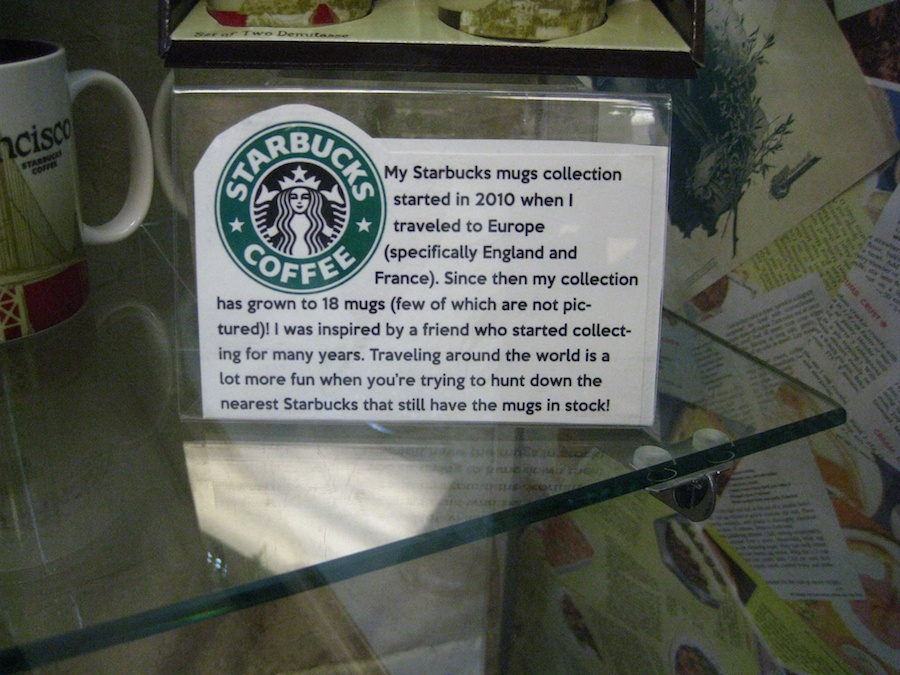
House And Garden Pavillion
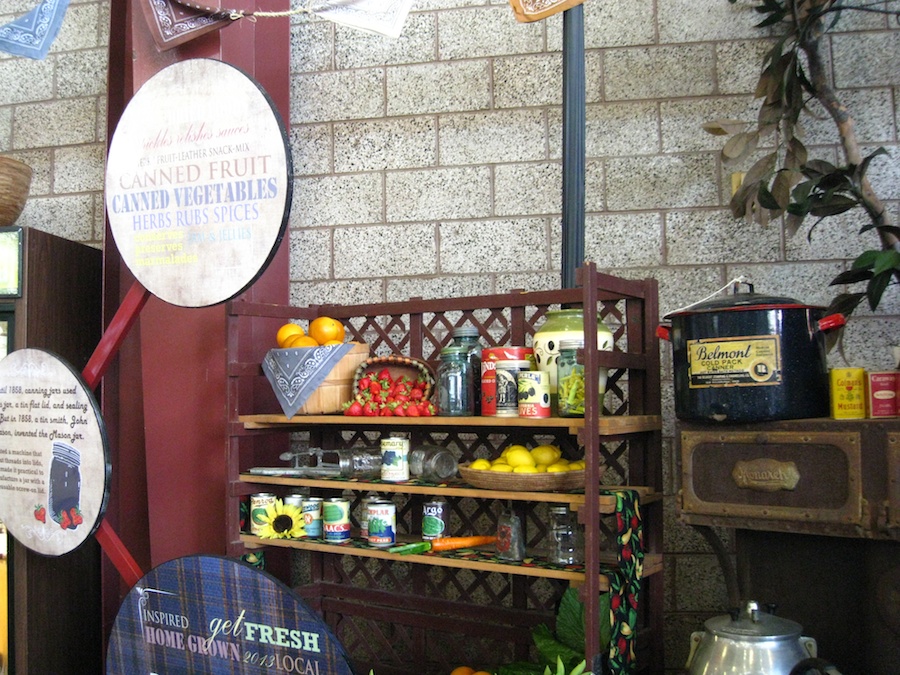
Turn back the clock
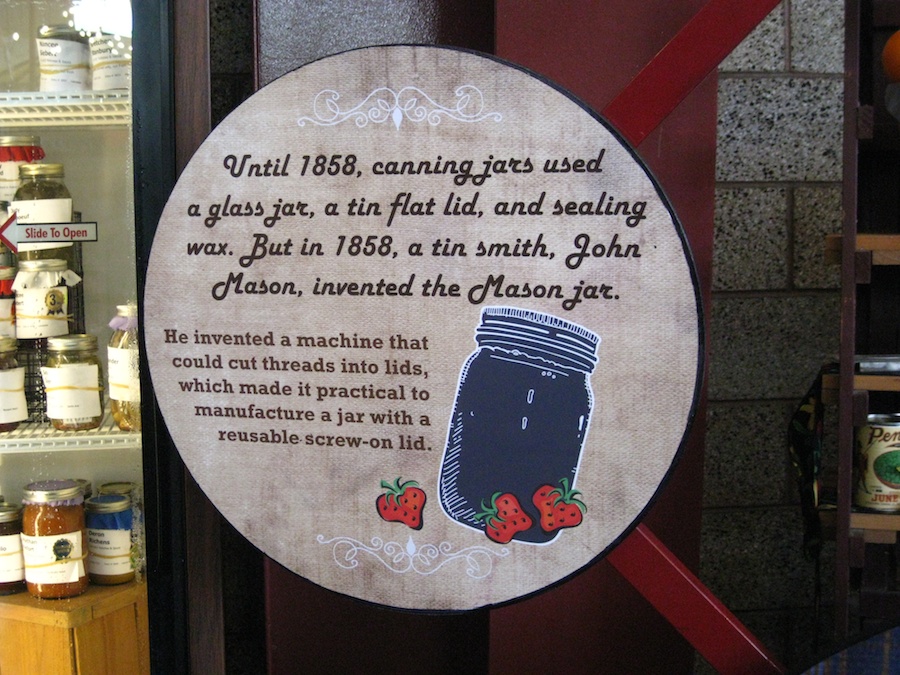
This really changed the way people ate and worked in the kitchen
Did You Know? - The earliest glass jars were called wax sealers, because they used sealing wax, which was poured into a channel around the lip that held on a tin lid. This process was complicated and error-prone, but was largely the only one available for a long time, and widely used even into the early 1900s.
By far, though, the most popular form of seal was the screw-on zinc cap, the precursor to today's screw-on lids. The earliest successful application of this was discovered by Mason and patented on November 30, 1858, a date embossed on thousands of jars. Jars with "Patent Nov 30th 1858" were made in many shapes, sizes and colors well into the 1900s. Since they were made in such quantity and used for such long periods, many of them have survived to the present day.
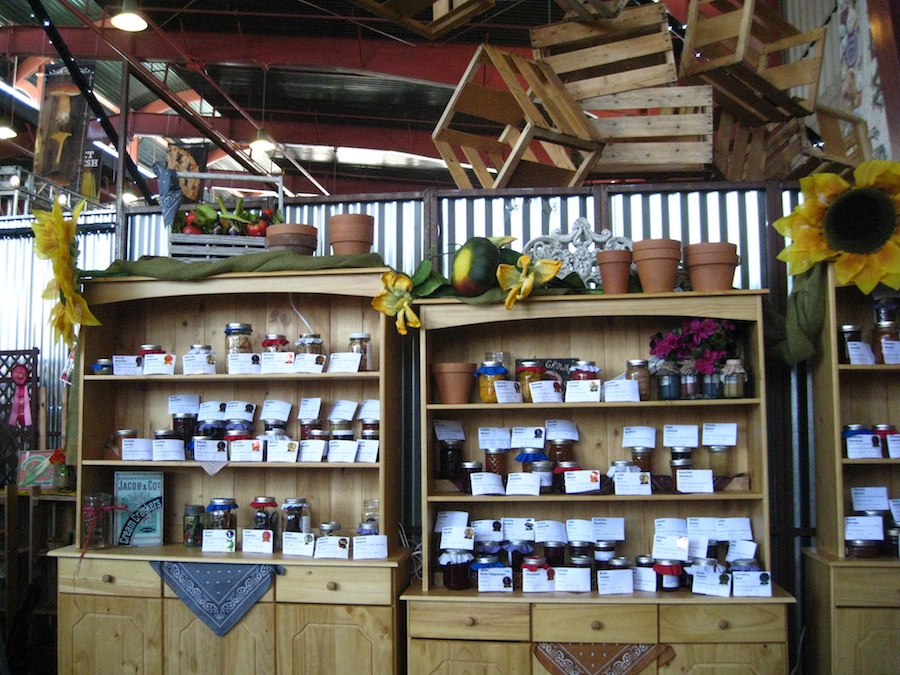
People still know how to do it.... One wonders for how much longer

Really???

Nick wants to know about which ride we are on.....
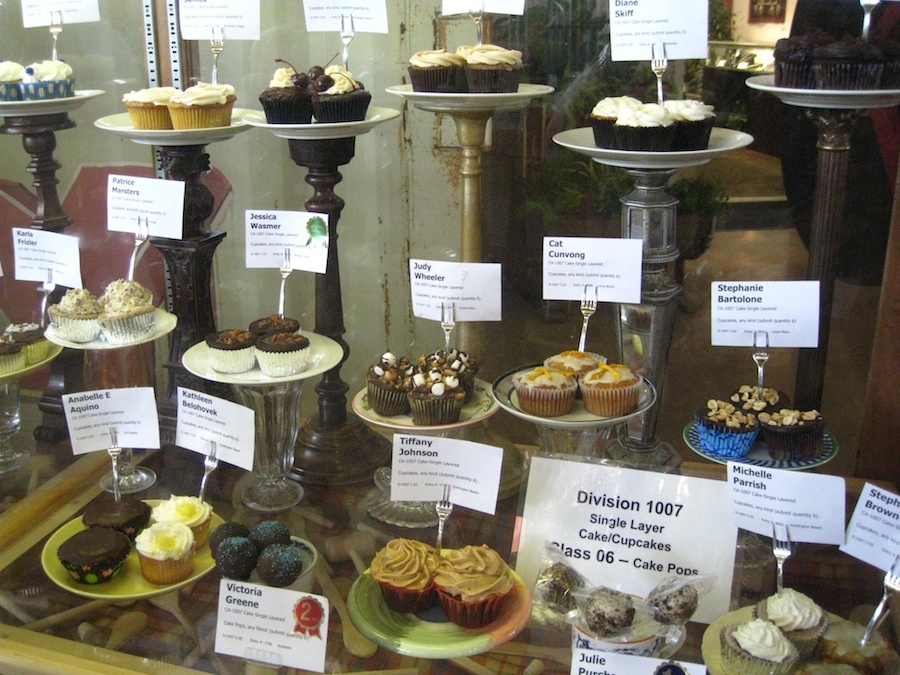
Cakie pies!

Now that is a cupcake

"Paul! We are stopping here... I feel a need to rest... RIGHT HERE"

The cokes out of these old coolers were the best.... You got to open the top and fish out your own bottle
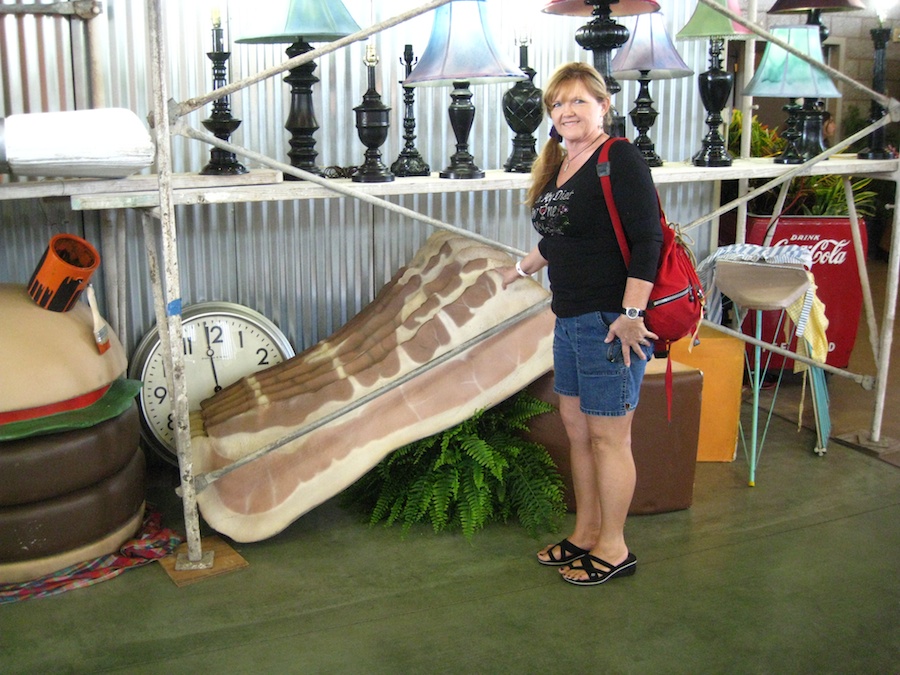
The bacon lady

Bob and Paul liked this one... DIY
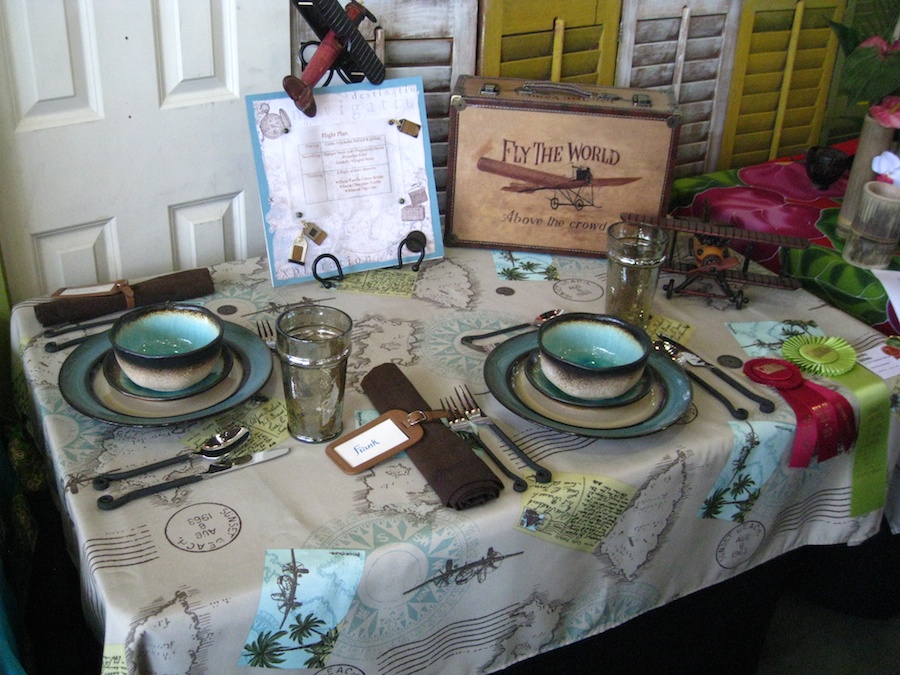
Flying table??
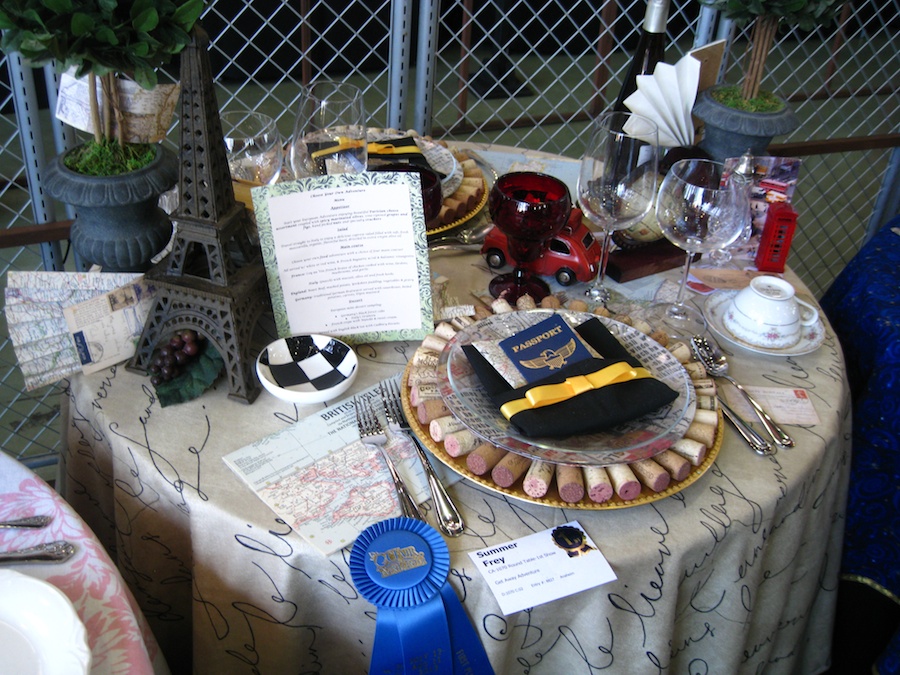
A reason to keep corks